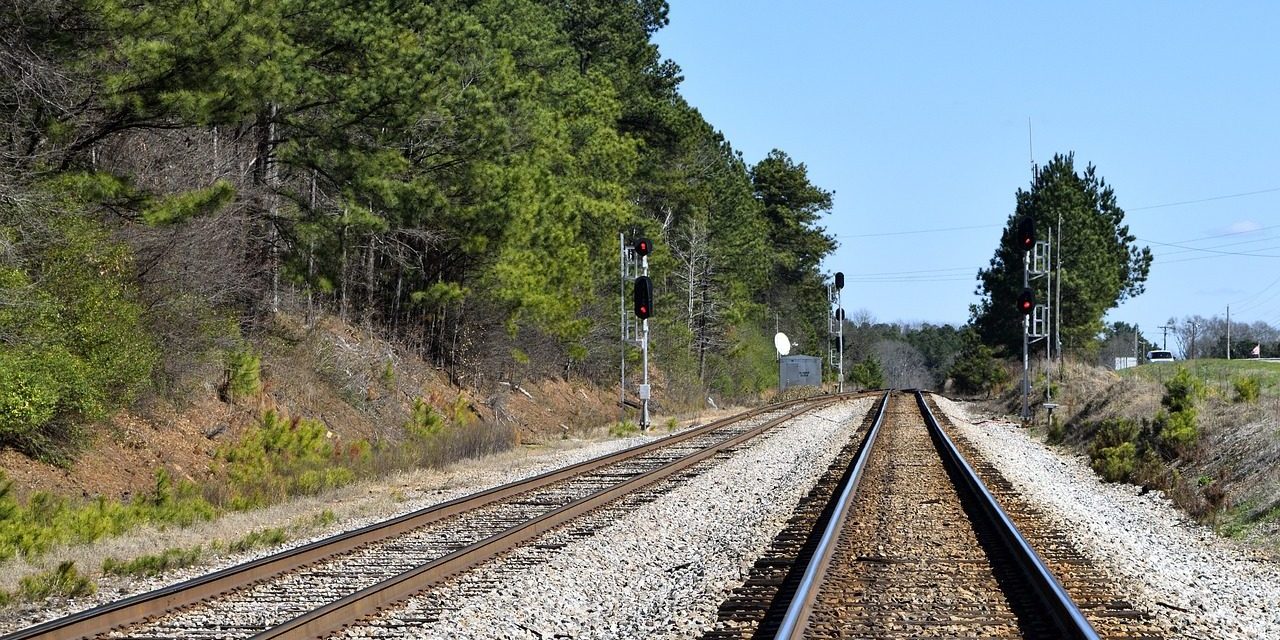Rail-Served Industrial Sites: Challenges and Solutions
In the modern, increasingly interconnected world, effective transportation infrastructure is essential for facilitating the flow of products and promoting economic development. With their wide networks, railroads continue to be a crucial link in the world’s supply chain. Industrial sites that are served by rail and have rail spurs give distribution enterprises a distinct edge since they give them direct access to these effective modes of transportation. Finding and leasing these locations can be difficult, though, and calls for careful consideration and strategic planning.
Industrial locations supplied by rail have advantages for companies in various industries, enabling efficient supply chain management and seamless movement of materials, both of which can substantially save shipping costs for many users. Rail transportation is renowned for its ability to move substantial amounts of freight as well as big or bulky loads that may be difficult to move by land or air.
Moreover, rail transport is often more environmentally friendly than other modes of transportation, making it an attractive option for companies focused on sustainability. Rail reduces congestion on roadways, lowers carbon emissions, and decreases fuel consumption. These factors can contribute to a positive brand image and enhance a company’s commitment to reducing its carbon footprint.
Rail spurs are essential components of rail-served industrial sites. A rail spur is a short stretch of track that branches off from a main rail line and leads directly into a facility or industrial site. They allow for efficient loading and unloading of goods directly from railcars, eliminating the need for intermediate transportation by trucks. Rail spurs provide the flexibility for businesses to receive raw materials and ship finished products directly by rail, streamlining operations and reducing handling costs.
Despite the numerous advantages, there are challenges associated with finding and leasing rail-served industrial sites. These challenges can arise due to several factors:
- Limited Availability: Rail-served industrial sites are not as abundant as traditional industrial sites, particularly in these tight market conditions. The presence of rail lines and the availability of land in desirable locations can be a limiting factor. The scarcity of suitable sites may require businesses to explore alternative options or consider retrofitting existing facilities with rail spurs, which can be expensive and time consuming.
- Infrastructure and Investment: Establishing a rail-served industrial site often requires significant infrastructure development. This includes constructing rail spurs, connecting to existing rail lines, and ensuring compliance with safety and operational regulations. Businesses must carefully evaluate the cost implications of these infrastructure investments and assess their long-term viability.
- Regulatory Considerations: The establishment of rail spurs and rail-served industrial sites involves navigating complex regulations and obtaining necessary permits. Businesses must engage with railway companies, local authorities, and other stakeholders to ensure compliance and address any potential legal or regulatory hurdles.
- Proximity to Customers and Suppliers: When seeking a rail-served industrial site, businesses need to consider the proximity to their target market and supply chain partners. Access to major transportation routes, highways, and intermodal facilities becomes crucial for efficient distribution and multimodal connectivity.
To overcome the challenges associated with finding and leasing rail-served industrial sites, companies can adopt several strategies:
- Engage in partnerships or agreements with rail operators to identify potential sites and gain access to existing rail infrastructure. Collaborative efforts can help expedite the process and simplify negotiations.
- Partner with experienced real estate professionals that know or can track the target market. Finding rail sites can be tedious, so finding the right real estate professional is vital.
- Evaluate the feasibility of retrofitting existing industrial sites with rail spurs. This approach can leverage the advantage of established locations while
- Seek rail parks, which are often park developed specifically on a major rail line. They generally have significant common, and 3rd party managed rail infrastructure in place. These parks can alleviate some of the challenges by integrating other facilities onto a rail line and are becoming more common in major markets.









